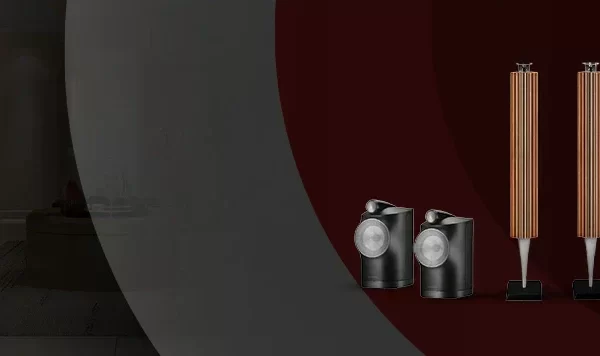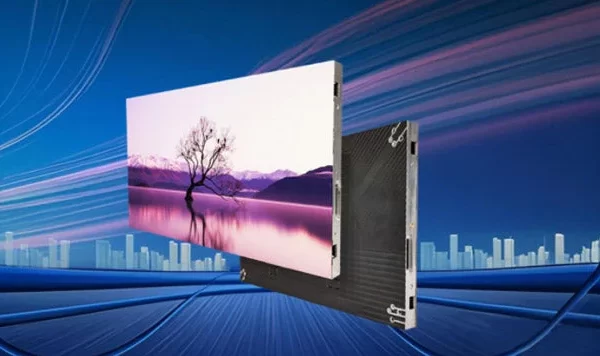
Imagine sitting on a plane, and with the press of a button, the roaring engine noise fades into near silence. This isn’t magic – it’s the remarkable technology of noise cancellation at work. In this blog, we’ll dive into the science behind how noise cancellation works, exploring how it transforms noisy environments into moments of calm.
How Does Noise Cancellation Work?

To understand how does anc work, we first need to grasp the basics of sound. Sound travels through the air as waves – invisible ripples of pressure that move molecules back and forth. Think of it like ripples on a pond’s surface, except these waves move through the air in three dimensions. Every sound has specific characteristics, its wavelength (the distance between peaks), amplitude (how tall the waves are, which we perceive as volume), and frequency (how many waves pass per second, which we hear as pitch).
Checkout- Used Apple Mobile Phones
The Principle of Destructive Interference
At the heart of noise cancellation lies a fascinating phenomenon called destructive interference. Imagine two identical waves in a pond moving toward each other. When the peak of one wave meets the trough of another, they cancel each other out, creating a flat surface. This same principle applies to sound waves – when two sound waves with opposite patterns meet, they can cancel each other out, creating silence.
Types of Noise Cancellation

Here are two types of noise cancellation:-
- Active Noise Abatement
In this, the sophisticated signal processing algorithms that are built into headphones and earbuds cancel out outside sounds. Their method involves using a digital signal processor to identify background noise and then creating a waveform that is equal but opposite in phase to lessen background noise and balance it out with the waveform we have created. This offers an uninterrupted experience of listening. The main application for this technology is in noise-cancelling wireless earbuds. However, it’s becoming more prevalent in consumer audio products these days.
- Passive Noise Cancellation
This is a simpler method without the use of sophisticated algorithms, which is why it is called the “Passive” way of preventing noise. Instead of using a technology for noise cancellation, it uses techniques for isolating from background noise. For instance, you can use earbuds that fit your ears perfectly so that noise won’t enter your ear canal.
How Active Noise Cancellation works?

Active noise cancellation technology puts this principle to work through a sophisticated system of microphones, processors, and speakers. Here’s how the process unfolds!
- Listening to the Noise
Tiny microphones on your noise-canceling headphones constantly monitor the ambient sound in your environment. These microphones are incredibly sensitive and can detect sound waves hundreds of times per second.
- Analyzing the Sound Pattern
A digital signal processor (DSP) – essentially a miniature computer – analyzes these incoming sound waves. It identifies the frequency, amplitude, and phase of the unwanted noise.
- Creating the Anti-Noise
In a fraction of a millisecond, the processor calculates the exact opposite wave pattern needed to cancel out the unwanted noise. This “anti-noise” has the same frequency and amplitude as the original noise but is inverted – where the original wave goes up, the anti-noise wave goes down.
- Playing the Anti-Noise
Speakers in the headphones produce this anti-noise, timing it precisely to meet the incoming noise waves. When these waves collide, they cancel each other out through destructive interference, reducing the perceived noise.
Different Types of Active Noise Cancellation (ANC)

- Feed-Forward ANC
This system places microphones on the outside of the headphones. It’s particularly effective at canceling high-frequency sounds but must predict how the sound will change as it reaches your ear.
- Feed-Back ANC
Here, microphones are placed inside the ear cup, near your ear. This system can correct for any errors in noise cancellation but typically works best with lower-frequency sounds.
- Hybrid ANC
Modern premium headphones often combine both approaches, using multiple microphones inside and outside the ear cups to provide the best possible noise cancellation across all frequencies.
Find a wide collection of mobile and tablet accessories on OLX
The Future of Noise Cancellation
Noise cancellation technology continues to evolve, with several exciting developments on the horizon, such as:-
- Adaptive Noise Cancellation
Next-generation systems are becoming more adaptive, automatically adjusting their response based on your environment, movement, and even your personal preferences.
- Spatial Awareness
Some advanced systems are beginning to incorporate spatial audio processing, creating quiet zones while maintaining awareness of important sounds like announcements or conversations.
- Enhanced Processing Power
As digital processors become more powerful and efficient, noise-canceling systems can respond even faster and handle more complex sound environments.
Final Words
Whether you’re a frequent traveler or someone who simply enjoys moments of quiet, noise cancellation technology offers a powerful tool for controlling your acoustic environment. While it may not create perfect silence, its ability to significantly reduce unwanted noise has made it an invaluable technology in our modern world.
By understanding how noise cancellation works, we can better appreciate this remarkable technology that helps create moments of peace in our noisy world. Noise cancellation technology represents a perfect blend of physics principles and modern engineering. As the technology continues to advance, we can look forward to even more effective and sophisticated noise cancellation solutions.
Pro tip: If you’re not sure noise cancellation headphones are for you or not then go for a second hand one. Buy it, try it and see if it works for you or not without wasting a lot of money.
Frequently Asked Questions
Does noise cancellation consume a lot of energy from batteries?
They use electrical components in active-noise cancellation, which need electricity to function. Batteries are not needed for passive-noise cancellation. Therefore, active noise cancellation is becoming more effective as technology advances.
When is the best time to use noise-cancelling technology?
The best time to use noise-cancelling technology is whenever you’re in a noisy environment and need to focus, relax, or simply enjoy some peace. Such as while traveling, studying or working, sleeping, or at public places, etc.
Do noise-cancelling gadgets improve health?
Indeed, noise cancellation is beneficial to health since it lowers stress levels and enhances sleep, all of which contribute to a person’s improved mental health. However, when working long hours, it’s always a good idea to take brief breaks.
How does noise cancellation affect the audio quality?
Because it will eliminate all undesirable sounds from the surrounding, the audio quality will be improved and hearing clarity will be achieved. Thus, noise suppression allows you to experience audio that is clearer and more concentrated.
What are the fundamental uses for noise cancellation?
In order to improve audio quality, noise cancellation is essentially utilized in headphones, earphones, microphones, and some computing devices.






